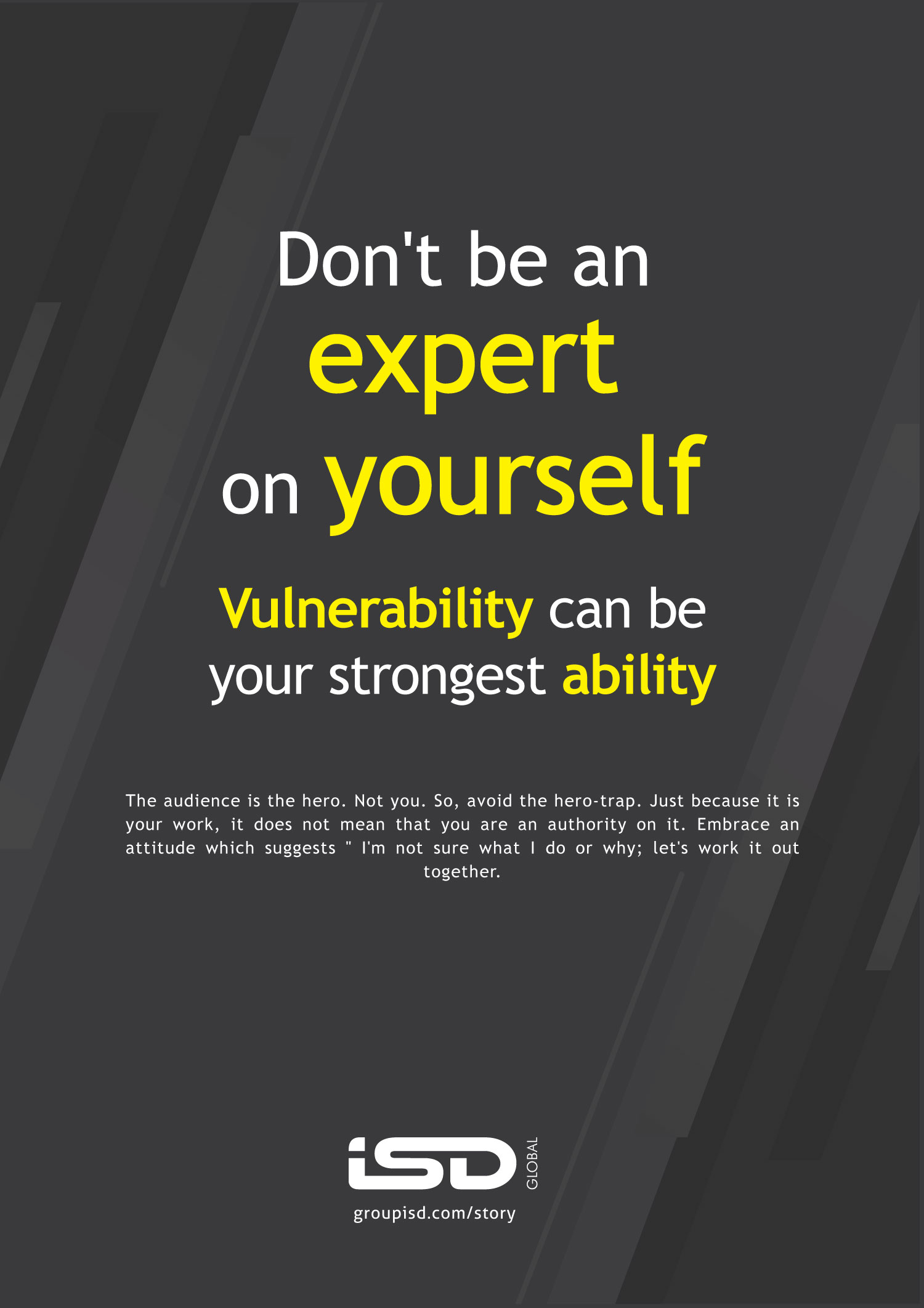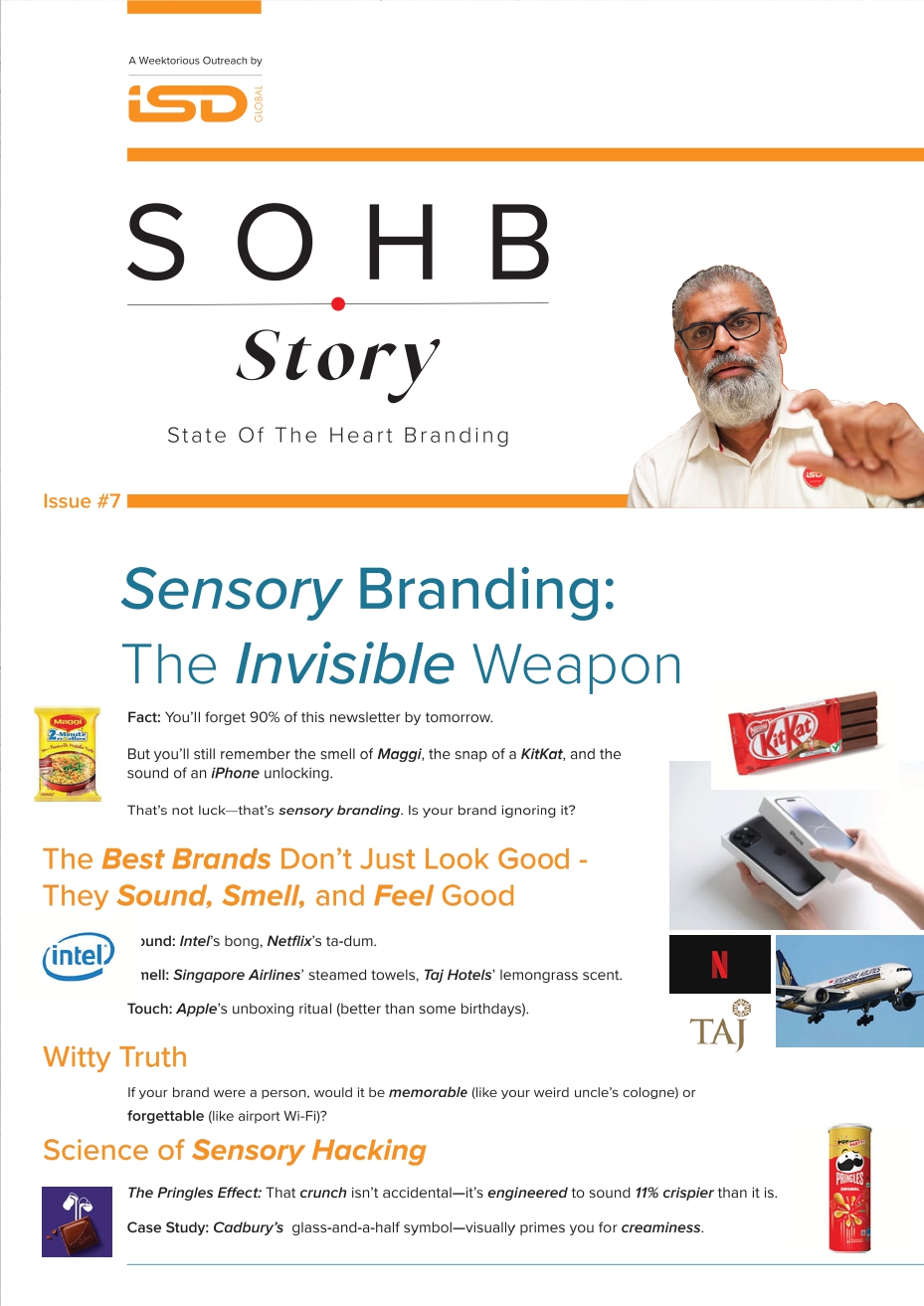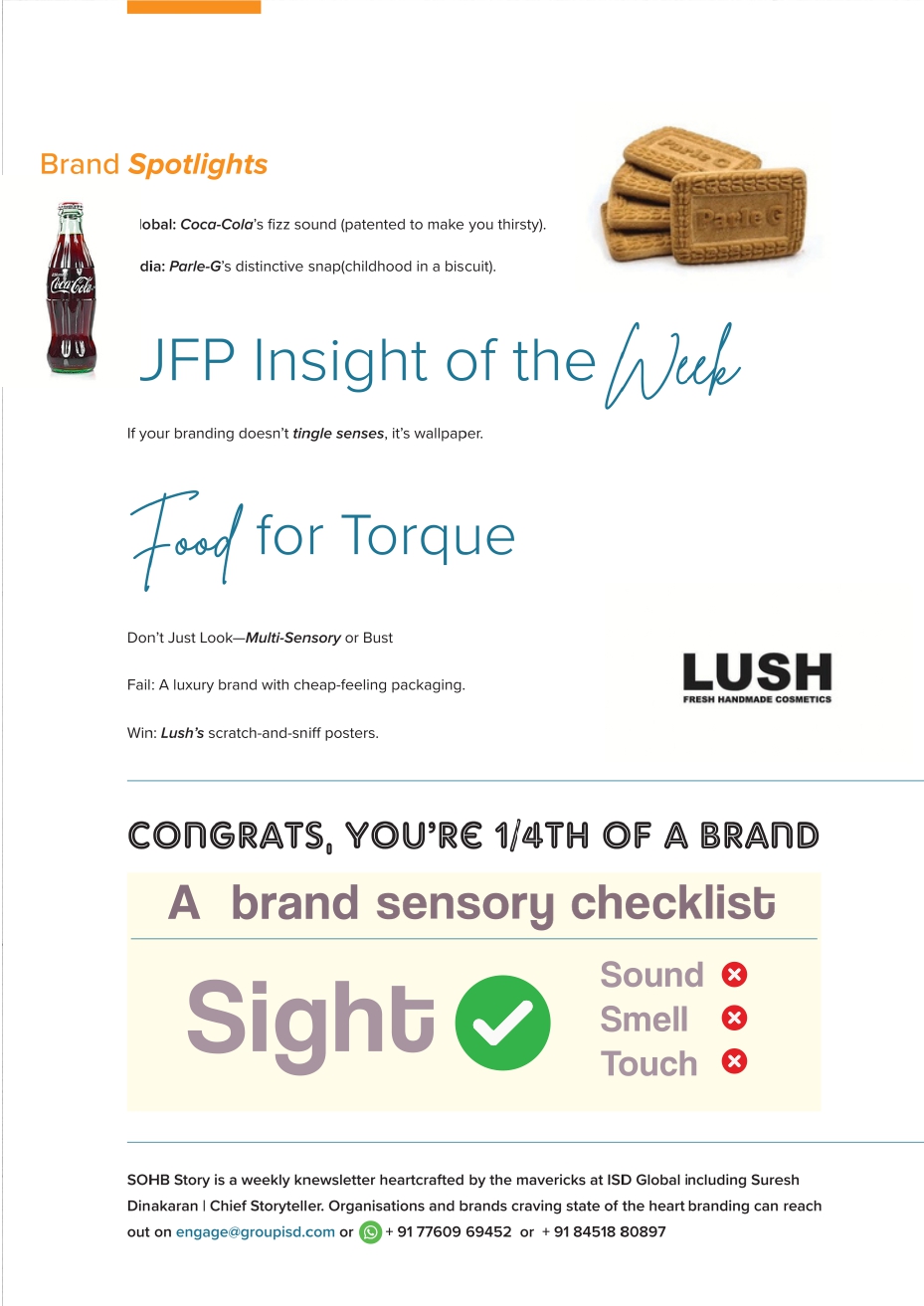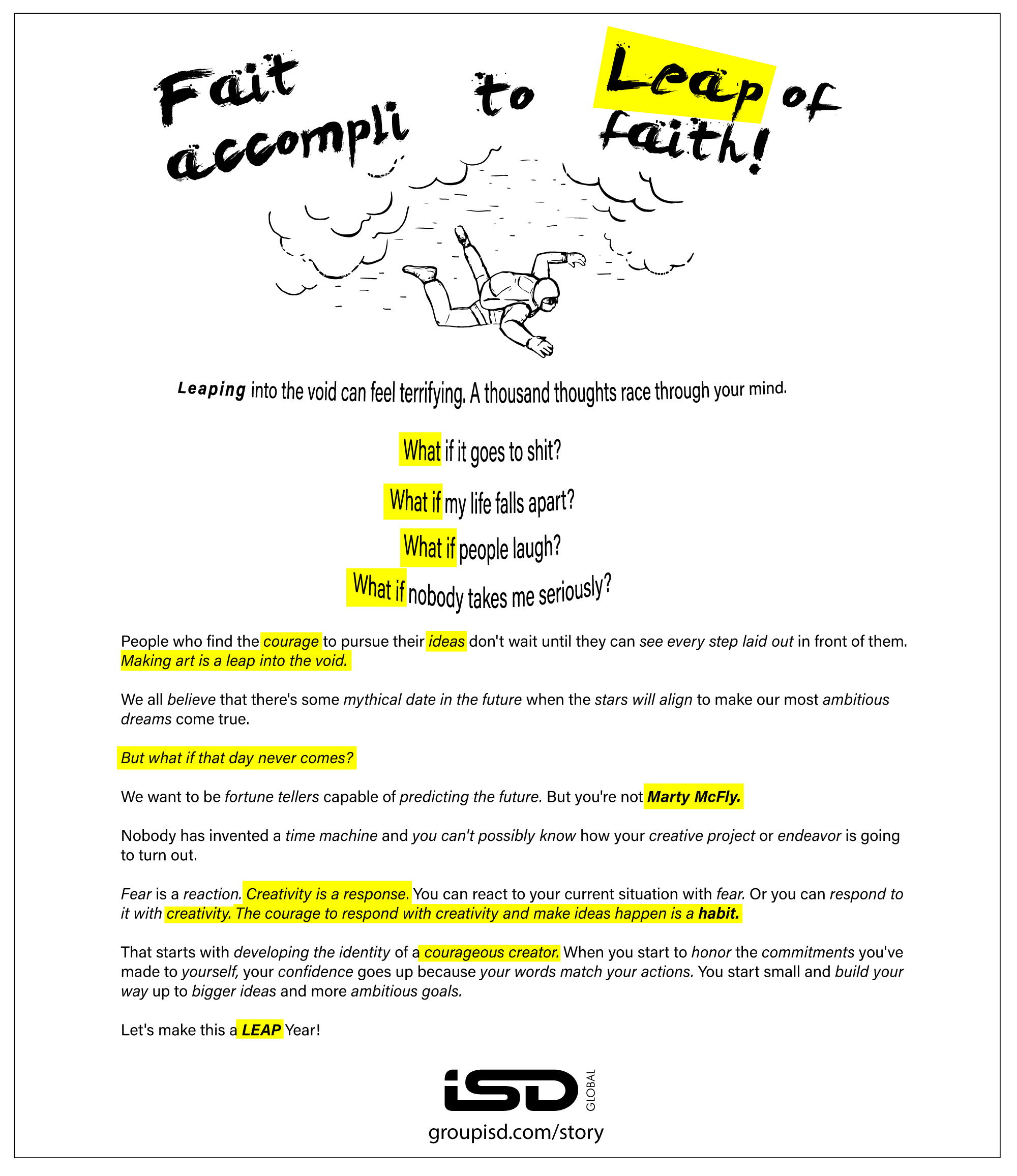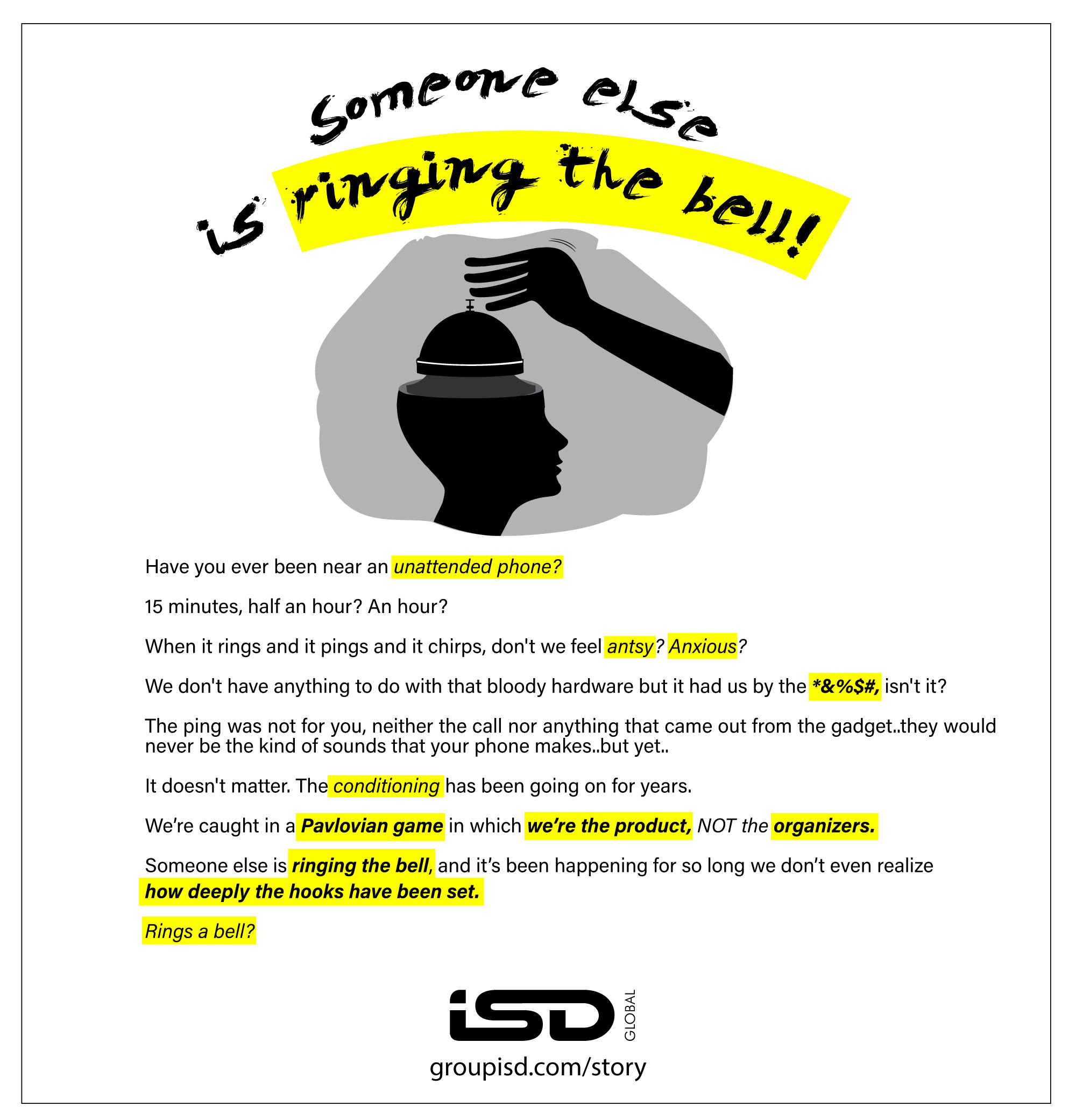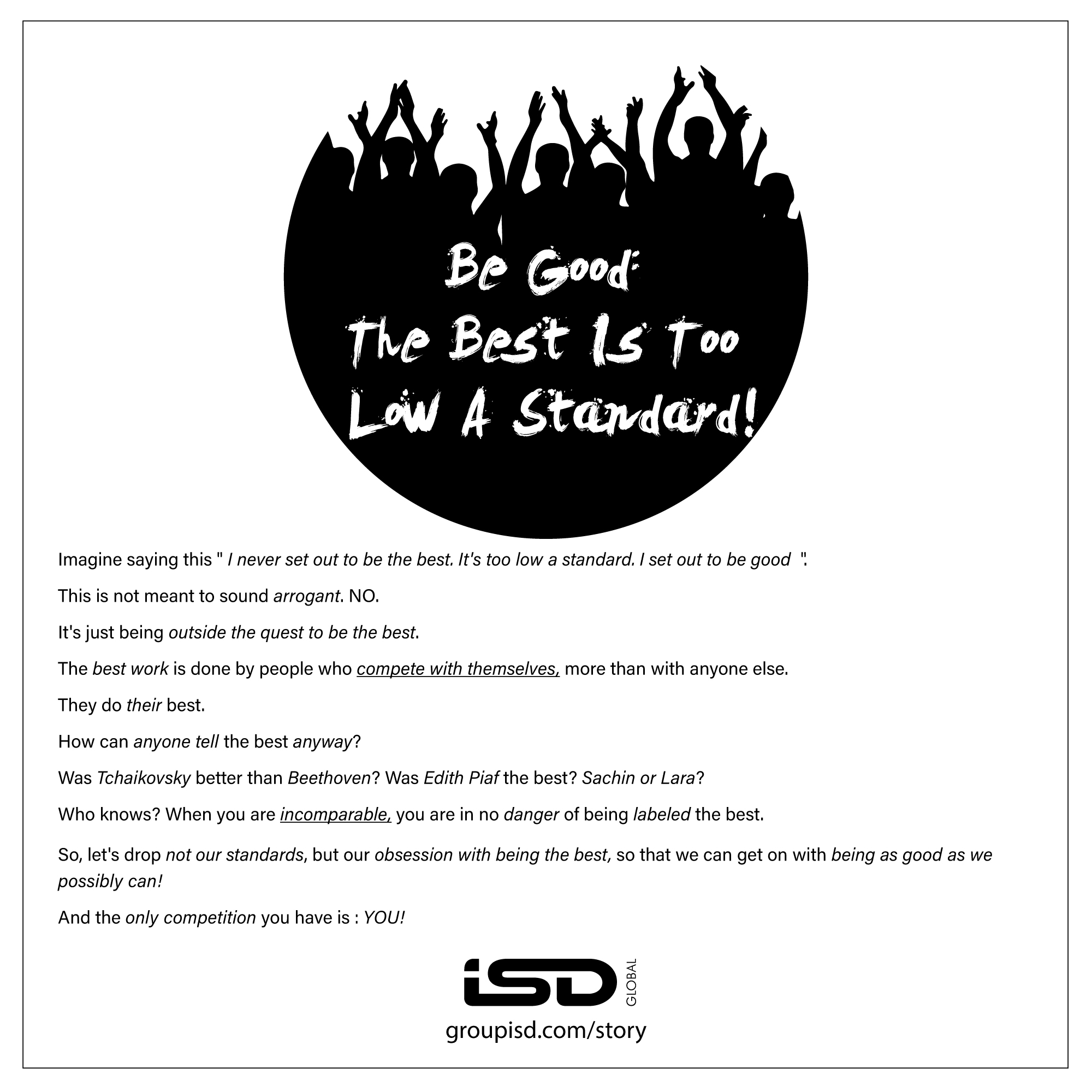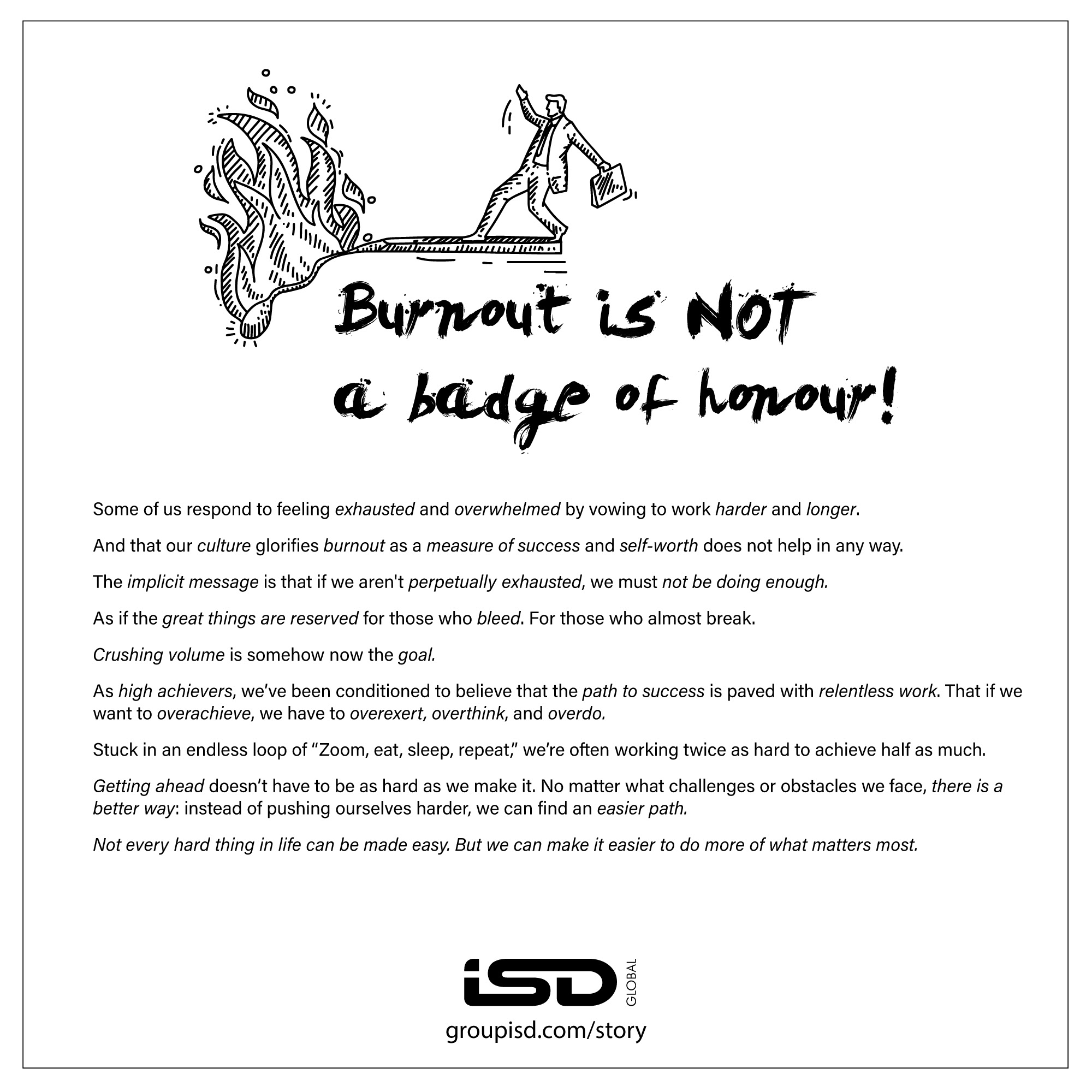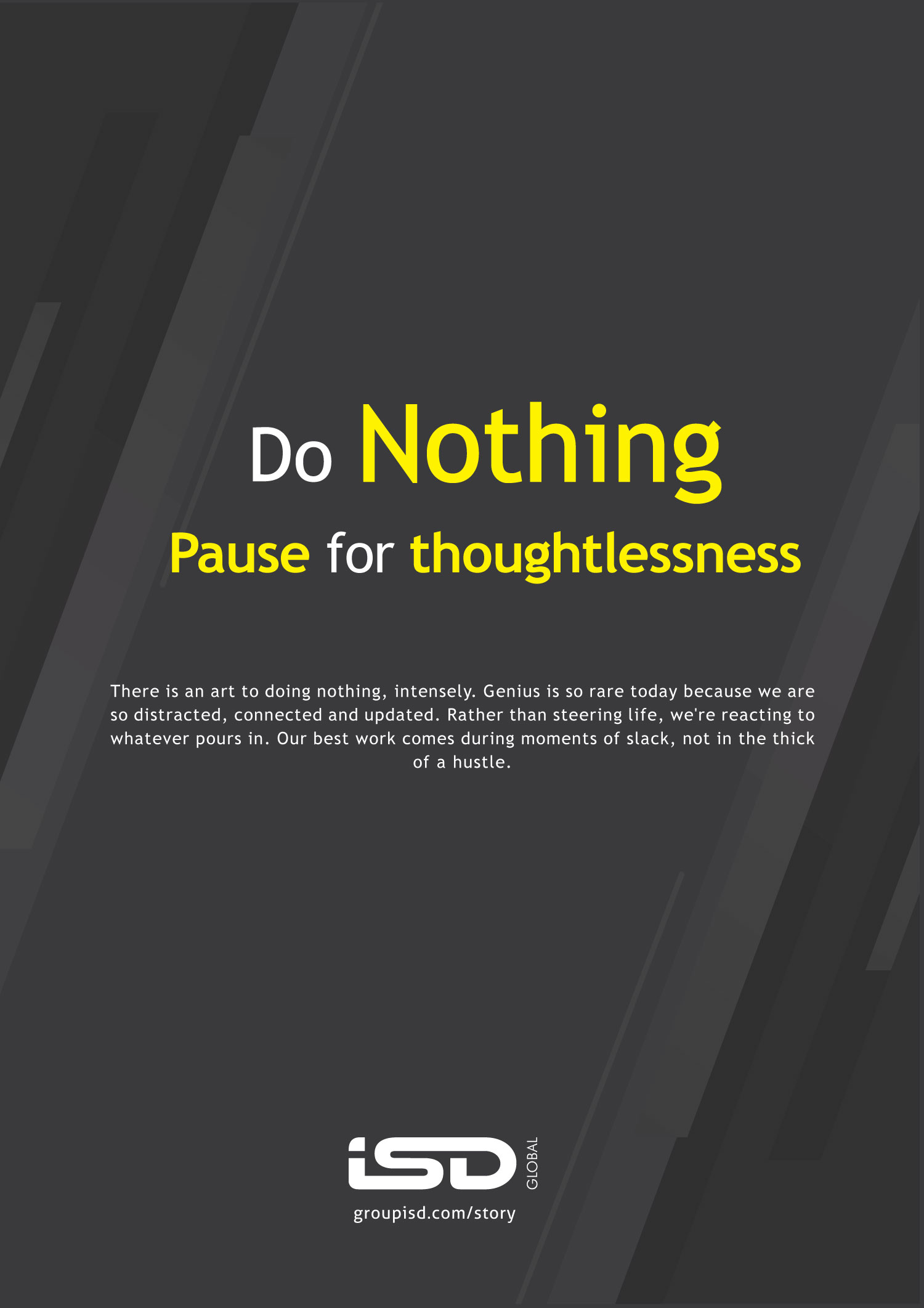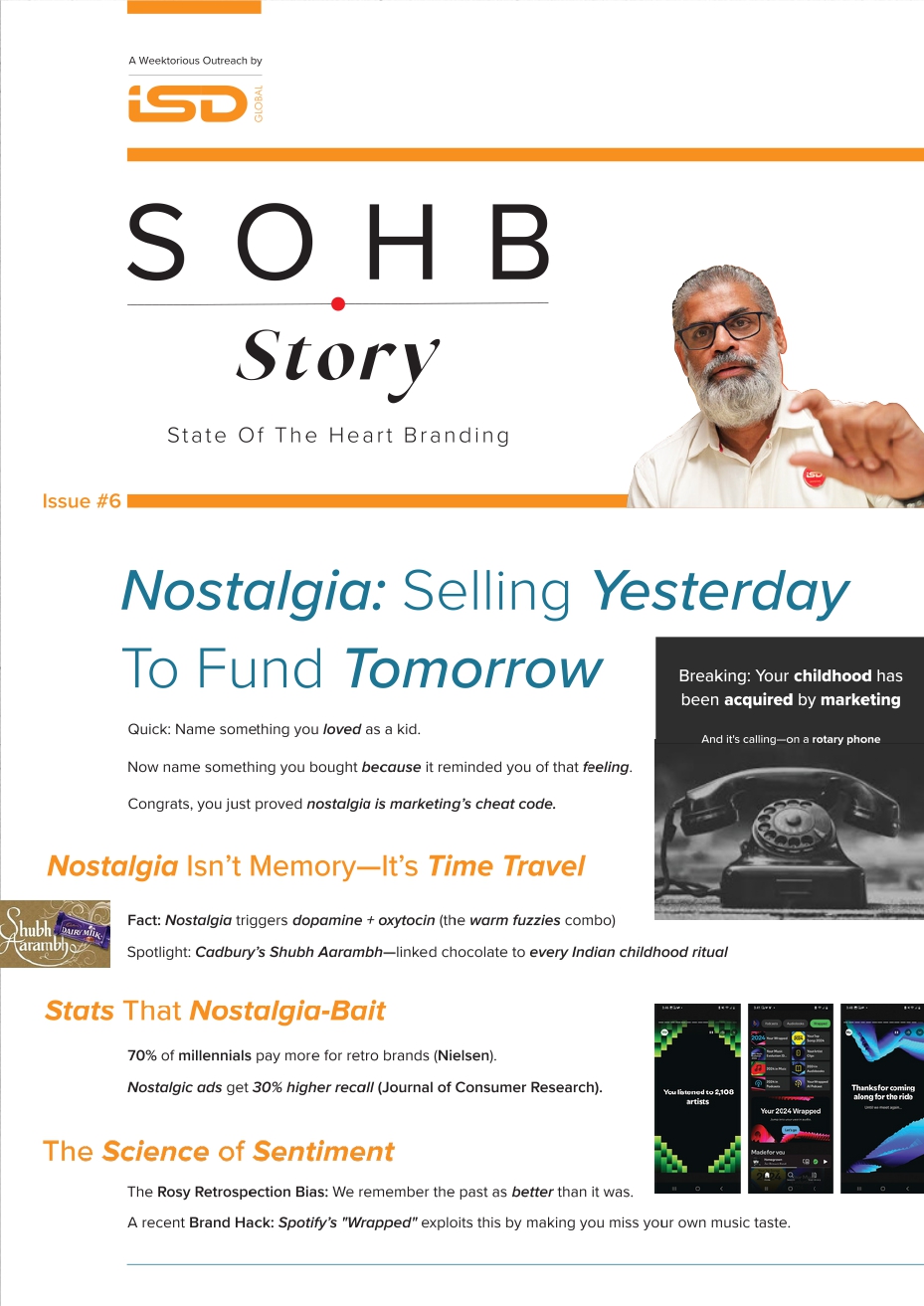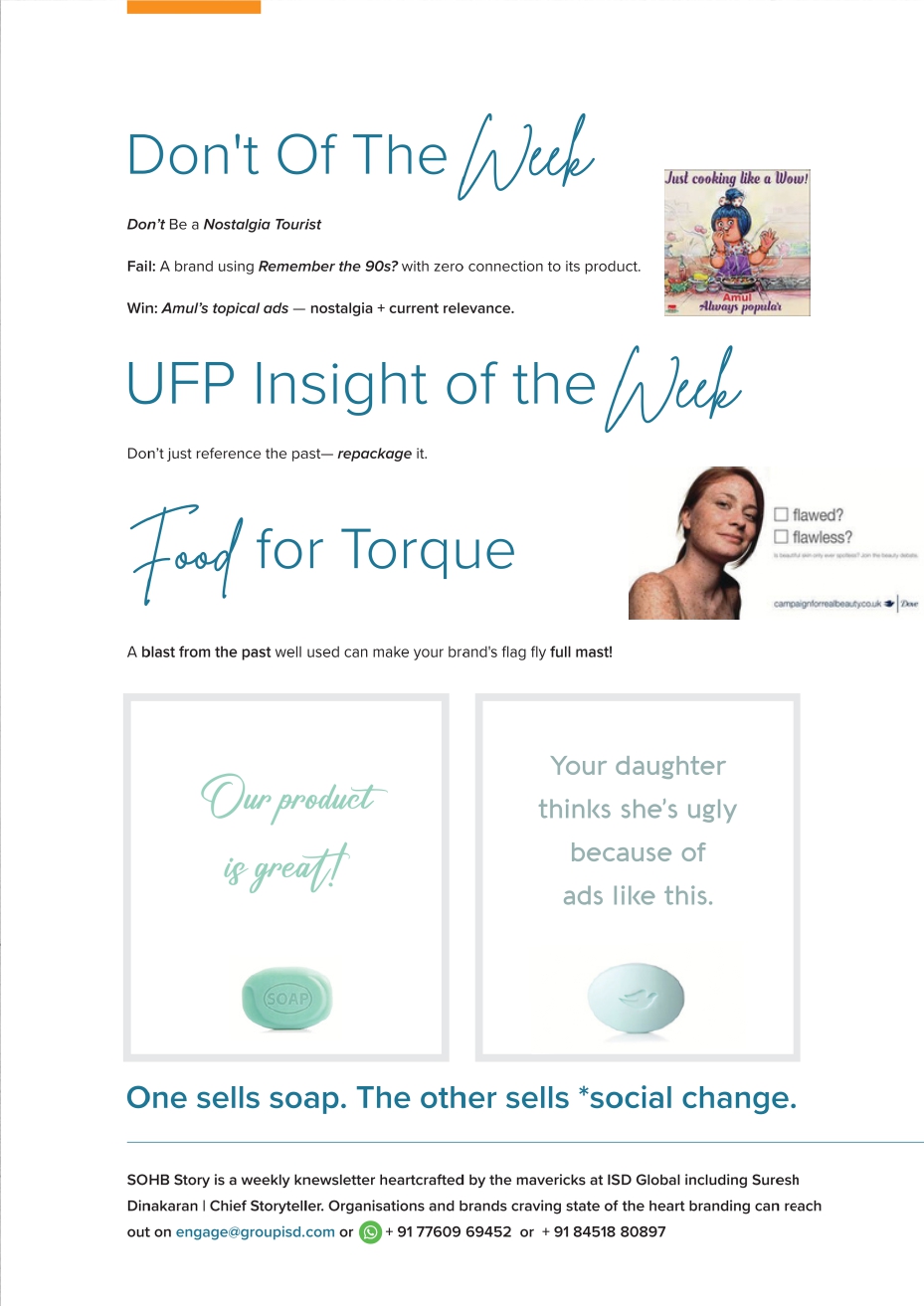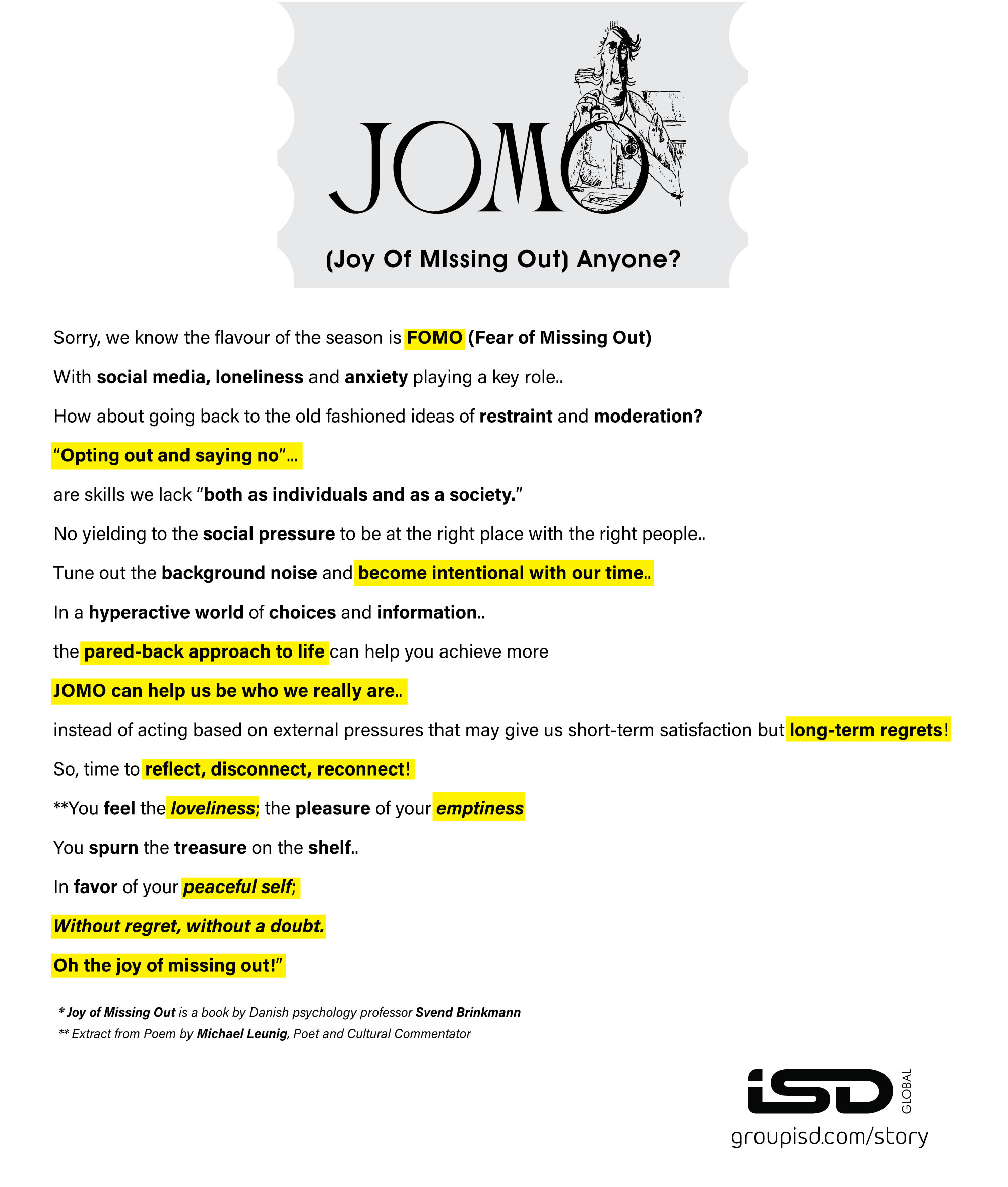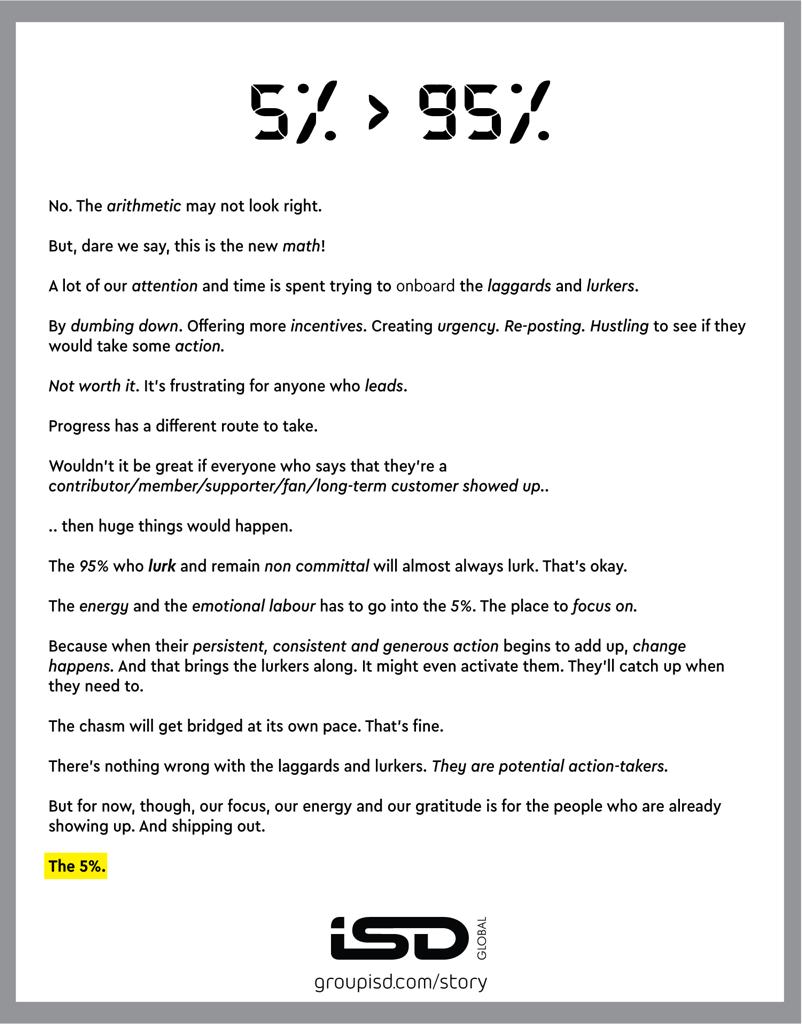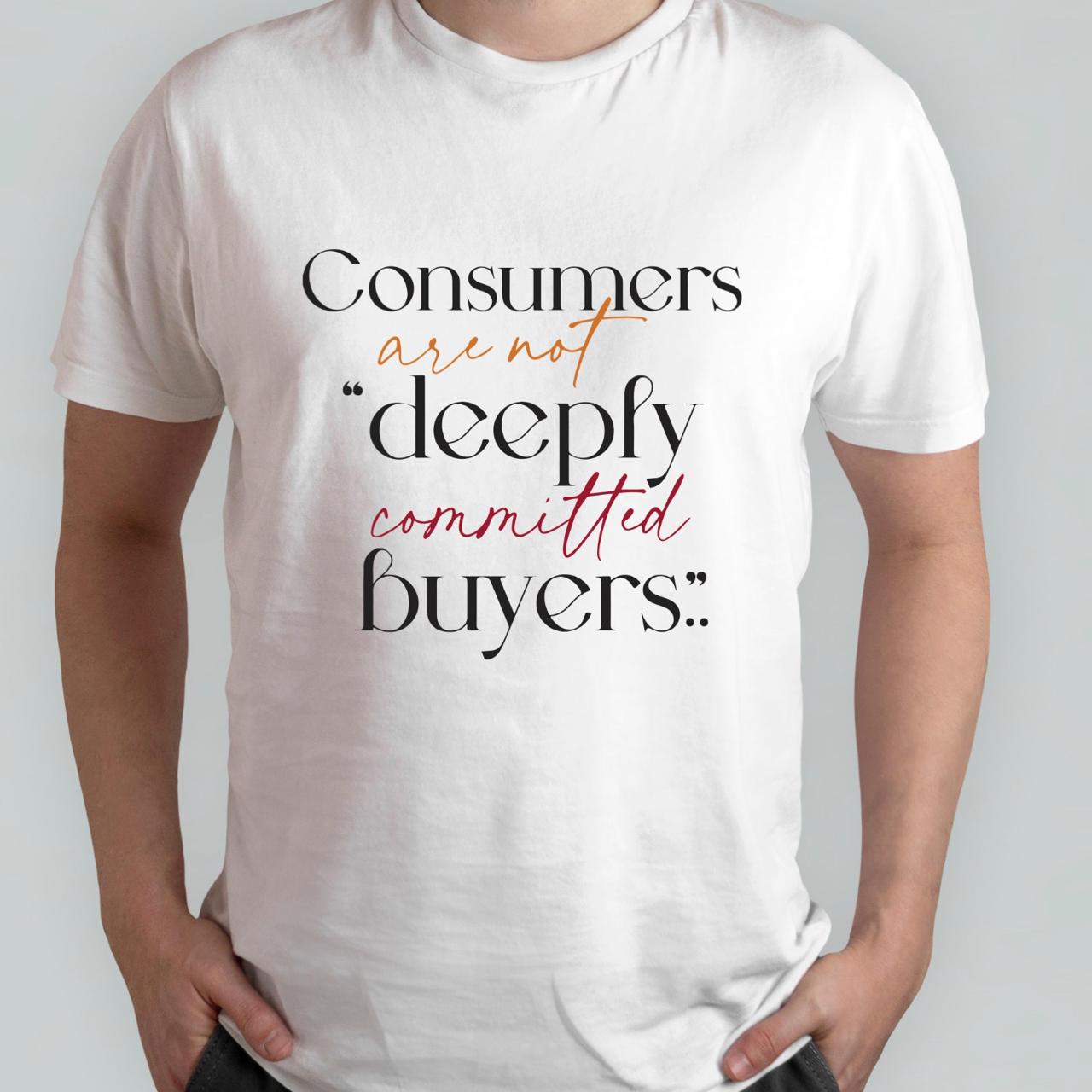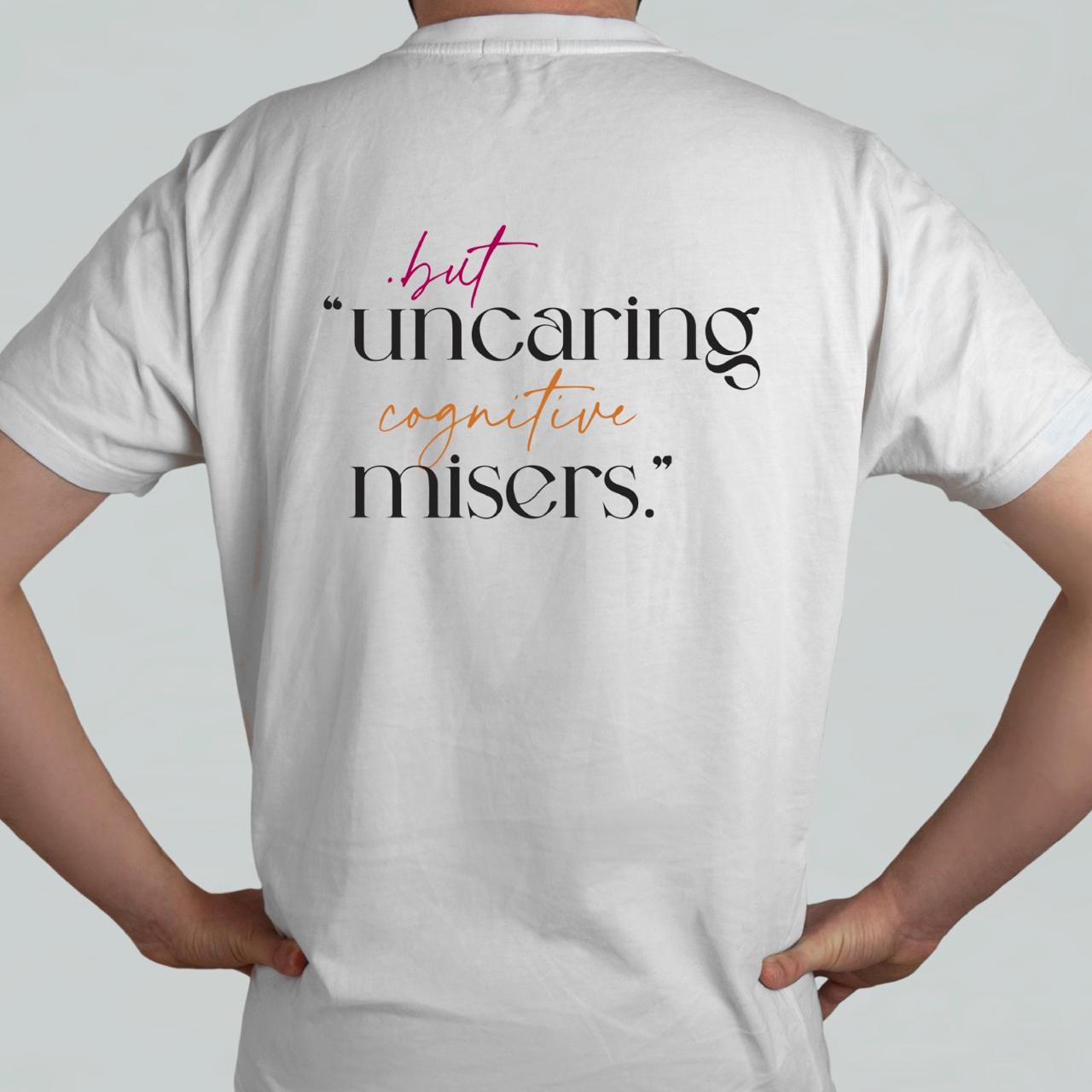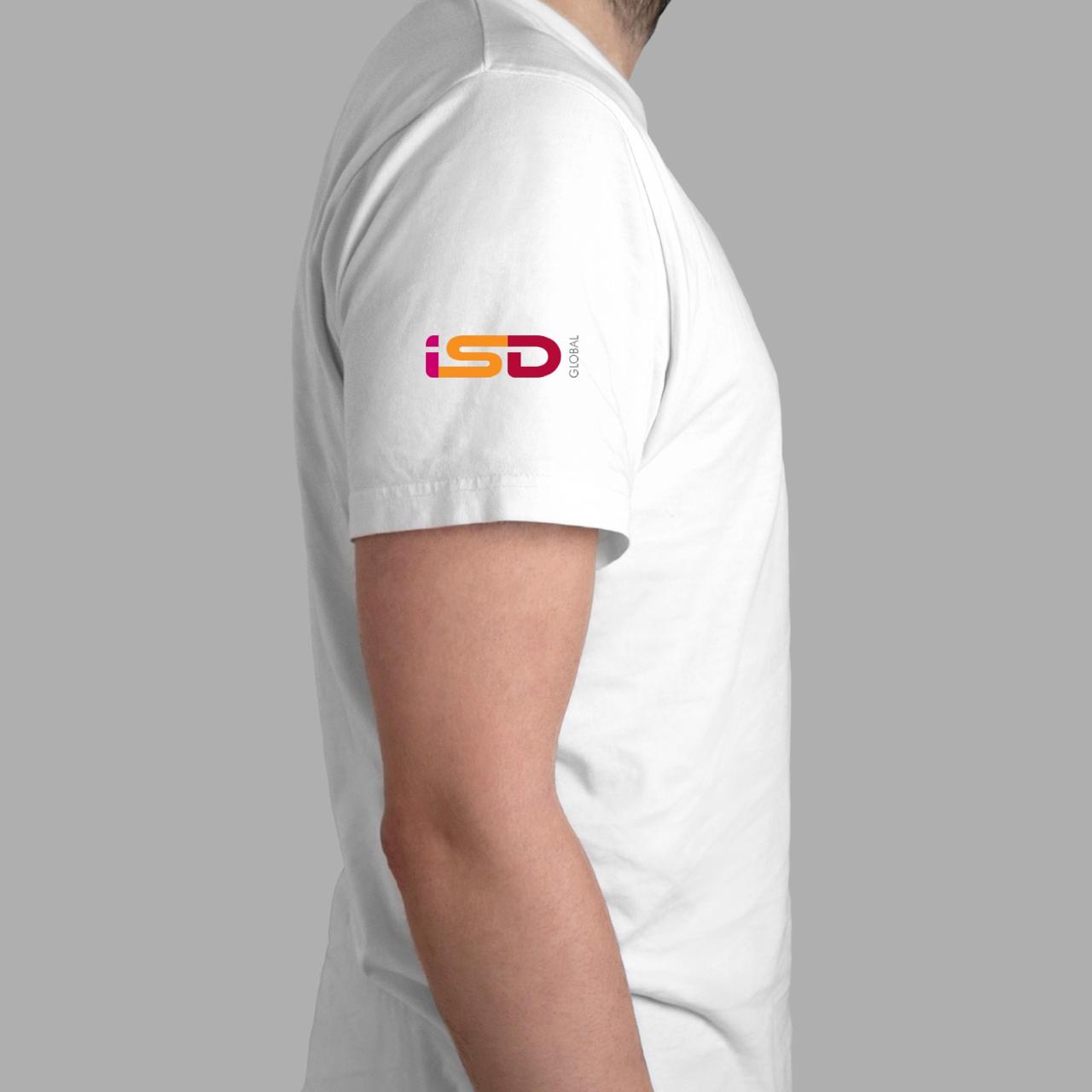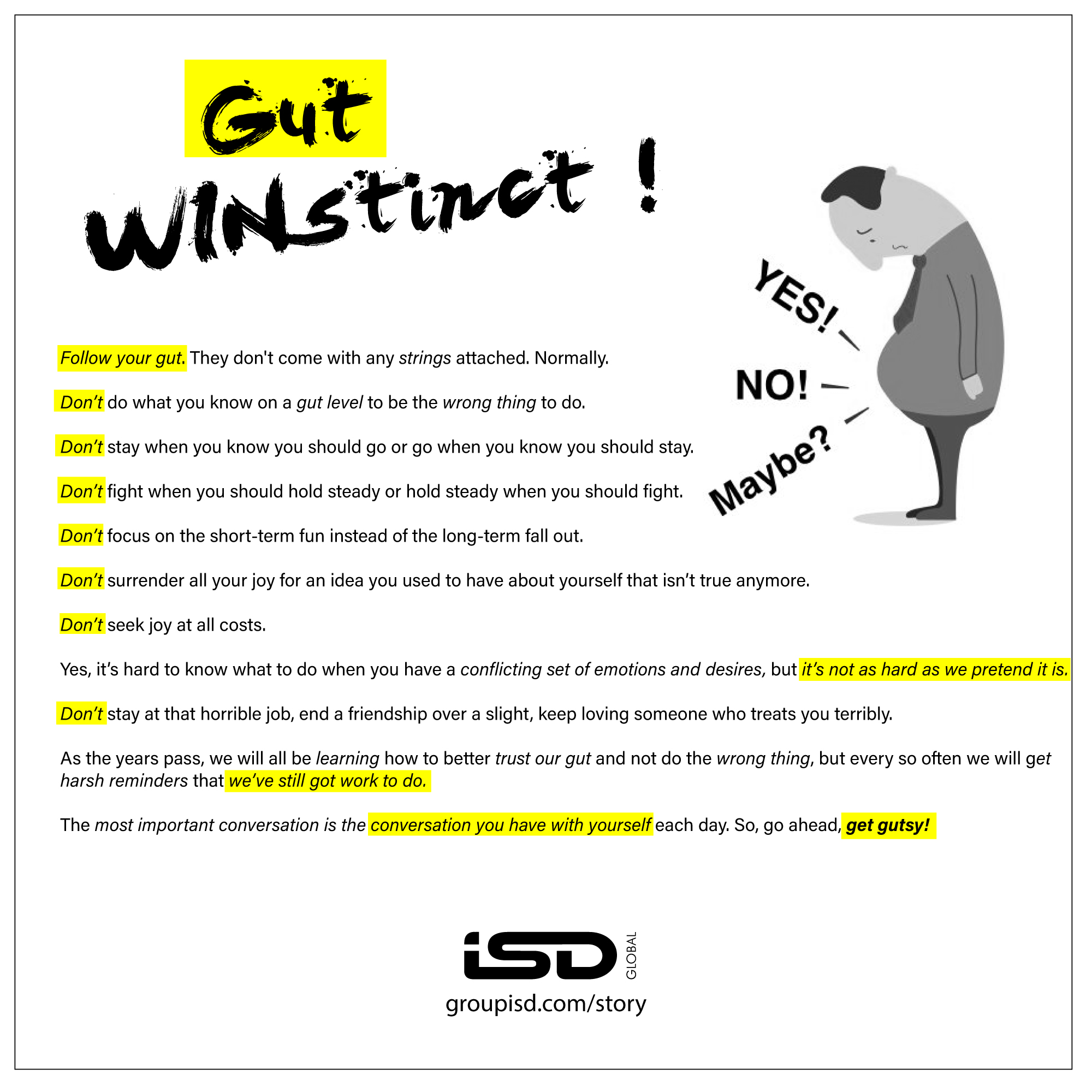Picture this: You’re 35,000 feet up, sipping airline coffee that tastes like liquid disappointment, when suddenly the plane starts doing its best impression of a paint mixer. Your stomach relocates to your throat, your white knuckles could crack walnuts, and that guy in 12B who was bragging about his “iron stomach” is now praying to gods he didn’t know existed.
But here’s the kicker – the pilot isn’t panicking. The flight attendants are still discussing their weekend plans. The plane isn’t falling apart; it’s just encountering some atmospheric sass.
Life operates on the same principle. Turbulence doesn’t mean you’re crashing. It means you’re flying.
Ever watched a plane plummet from the sky just because it hit a few bumps? No? Then why do you think your life’s turbulence means you’re crashing? If turbulence was fatal, every airline would be bankrupt by lunch. So, why let a rough patch ground your dreams? Warning: This post may cause your self-pity to crash-land. Please keep your seatbelt of self-belief fastened at all times.
If your life were a smooth, turbulence-free flight, you’d be bored out of your skull, cruising at 30,000 feet with nothing but recycled air and a sad little bag of peanuts. The most extraordinary journeys—whether in business, love, or just surviving adulthood—come with seatbelt signs permanently switched on.
So why do we freak out when things get shaky? Because society sold us the lie that success should feel like floating on a cloud of unicorn farts. Spoiler: It doesn’t. Turbulence isn’t your downfall—it’s your damn liftoff.
Remember: The world mocks before it marvels. Keep building. Read on. Meet Binish Desai, aka “The Recycle Man. “At 11, he invented a brick made from industrial waste and chewing gum. Yes, chewing gum. While most kids were mastering Fortnite, Binish was solving India’s construction waste crisis. Today, his company recycles 700+ tons of waste daily. Turbulence? Try being laughed at for suggesting garbage could build homes.
There is a place called Rock Bottom. Heard of it? Rami Al-Karmi fled Syria’s civil war with $400 to his name. Instead of waiting for pity, he coded his way into Y Combinator (the Harvard of startups) and built Refugee Open Ware, a tech platform training displaced people in robotics and AI. Now, refugees he’s upskilled work at Tesla and NASA.
So the boarding call would sound something like this: Turbulence isn’t the end—it’s the middle. It’s the messy, noisy, sometimes terrifying part where you prove you’re made of more than just wishful thinking. So next time life shakes you up, remember: you’re not falling apart. You’re just getting ready to land somewhere incredible. So, fasten your seatbelt, grab your sense of humor, and enjoy the ride. The only way out is through—preferably with a cocktail in hand and a smirk on your face. Cheers to the turbulence that makes us unforgettable.
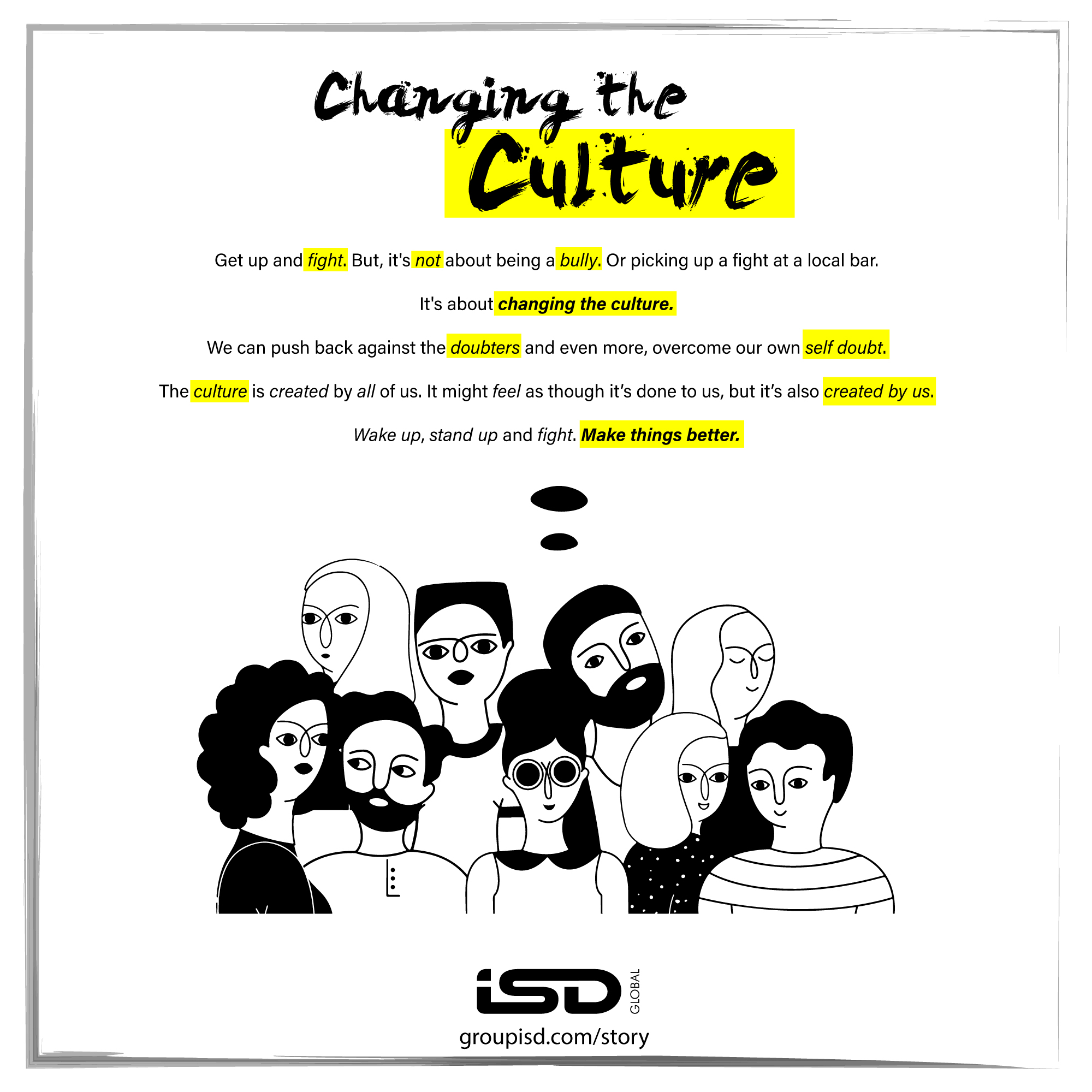
Age, gender, and corporate dinosaurs are just speed bumps. Margaret Hirsch, co-founder of Hirsch’s Homestores, started selling appliances from her car boot after being fired for—wait for it—being pregnant in the ’70s. Today, her empire turns over $100M+. Oh, and she still works six days a week at 75.
Meet Irena Sendler, a Polish social worker who smuggled 2,500 Jewish children out of the Warsaw Ghetto during World War II. She hid babies in coffins, suitcases, and potato sacks. When the Nazis caught her, they broke her legs and arms. Her response? She escaped and went back to saving more children.
Sendler didn’t see the Nazi occupation as a sign that humanity was falling apart. She saw it as turbulence – violent, terrifying, but temporary. She kept flying, kept saving lives, kept believing that storms pass.
The woman literally turned her life into a human smuggling operation and somehow made it look like community service. Talk about grace under pressure.
Richard Speck (not the serial killer – this one saves lives) was a janitor at a hospital in the 1960s who noticed that doctors were losing critical time running between floors to check on patients. His solution? He invented the first wireless patient monitoring system using radio technology from World War II surplus.
The medical establishment laughed at him. A janitor with a high school education telling doctors how to do their job? The audacity!
But Speck didn’t see their dismissal as proof he was wrong. He saw it as turbulence – the inevitable friction that occurs when you’re trying to change altitude. Today, wireless patient monitoring is standard in every major hospital worldwide. And Richard is known as the Janitor who revolutionised medicine.
Sometimes the person mopping the floors sees the solution that the person running the boardroom missed.
When Aravind Eye Care System started in India in 1976, they had a radical idea: What if we treated eye surgery like McDonald’s treats hamburgers? Mass production, standardized processes, and making it so efficient that we can offer it nearly free to the poor while still making money from the wealthy.
The medical community was horrified. Surgery isn’t supposed to be an assembly line! But Dr. Govindappa Venkataswamy and his team saw the criticism as turbulence, not a crash warning. They kept refining their process.
Result? Aravind now performs more eye surgeries than any organization in the world, has restored sight to millions, and operates profitably while treating 60% of patients for free. They turned medical care into a movement.
Since we are on the topic- Here’s what turbulence actually does to an airplane: It makes it stronger. Engineers call it stress testing – subjecting the aircraft to forces that reveal weaknesses and improve design. Commercial aircraft are tested to withstand turbulence 2.5 times stronger than anything they’ll encounter in normal flight.
You know what they don’t do? They don’t build planes that avoid turbulence. They build planes that can handle it.
The same principle applies to humans. Psychologists have discovered that people who experience moderate levels of adversity actually develop greater resilience and well-being than those who experience no adversity at all. They call it post-traumatic growth.
But here’s the twist – it’s not the turbulence itself that makes you stronger. It’s how you interpret it.
Remember temporary tattoos? They seemed permanent when you were seven, but you knew they’d wash off eventually. Treat your current turbulence like a temporary tattoo – vivid, attention-grabbing, but ultimately not permanent.
Write your current major challenge on a piece of paper. Now add “This too shall pass” at the bottom. Look at it daily. Watch how your perspective shifts. Embrace a temporary tattoo mindset.
Here’s the secret that the universe doesn’t want you to know: Turbulence isn’t random. It’s strategic. Every time you level up in life – new job, new relationship, new challenge – you encounter turbulence. It’s not a sign you’re failing; it’s a sign you’re ascending to a new altitude.
The atmosphere gets thinner as you climb higher. The air becomes more unstable. The pressure changes. This isn’t a design flaw – it’s a feature.
Turbulence is life’s way of asking: “Are you sure you want to fly this high?” Your answer determines everything.
Comfort is a liar. Progress doesn’t come with cucumber water and mood lighting. Stop treating panic as prophecy. It’s just your nervous system saying “Whoa, this is new. Make turbulence a KPI. No shake = no growth. Period. Track your turbulence. What shook you six months ago is your warm-up now.
Change your internal narrator from an anxiety-ridden news anchor to a curious documentary filmmaker. Suddenly, your life becomes less like a disaster movie and more like an adventure film. Seriously. Instead of saying “Everything is falling apart,” try ” This is the part of the story where things get interesting.” Adopt the narrator-switch technique.
Friendly reminder: The plane doesn’t ask permission from the turbulence to keep flying. Neither should you. Featuring stories of people who turned chaos into catalysts and made the impossible look like Tuesday.
Every SpaceX launch looks like a midair crisis. But that’s just physics applauding courage. So the next time life rocks your boat, don’t go looking for the nearest lifeboat. You’re not drowning. You’re deep sea diving for your next version.
And, BTW, your current turbulence? It’s just the universe checking your seatbelt.


